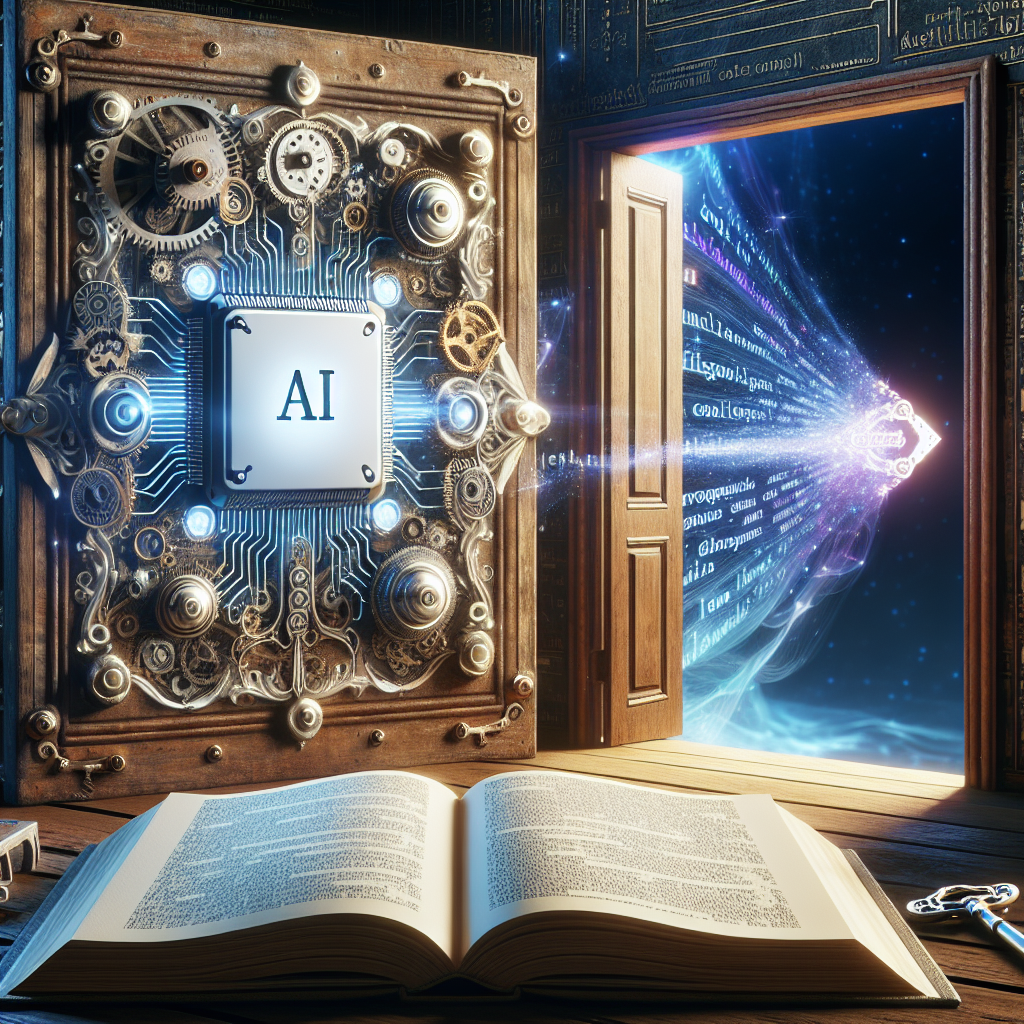Hey there! Have you ever tried asking your smart assistant a question, only to receive a totally off-the-wall response? Yeah, me too. It’s moments like those that make us appreciate just how complex and fascinating AI really is. Today, I want to dig into something we all encounter but rarely think about: how AI processes language to understand and respond to us. Buckle up, because this journey through the land of Natural Language Processing (NLP) is going to be quite a ride!
What’s in a Word?
Okay, let’s start with the basics. Have you ever wondered how smart assistants like Siri, Alexa, or Google Assistant understand the words you say? This magic happens thanks to NLP, which stands for Natural Language Processing. Essentially, it’s how AI finds ways to understand human language, be it written or spoken. Think of NLP as the brain behind your assistant, converting your spoken words into data it can analyze and respond to.
One of the first steps in this process is breaking down what you say into smaller, more manageable parts—kind of like chopping veggies before cooking up a storm. This involves tokenization (splitting sentences into words), part-of-speech tagging (identifying nouns, verbs, etc.), and parsing (examining grammatical structure). Imagine talking to someone who is jotting down everything you say, then revising it with annotations to grasp the gist. That’s pretty much NLP in a nutshell!
The Brains and Brawn: Algorithms and Models
Now, let’s talk about the brains behind these operations—algorithms and models. At the heart of NLP are advanced algorithms and models, often built using machine learning techniques. These models are trained on vast amounts of text data to recognize patterns and make sense of language.
Take transformer models, for example. These bad boys, like GPT-3, have billions of parameters! They crunch through text data from books, websites, and all sorts of written content to get a ‘feel’ for the language. It’s a bit like how we learn a new language by immersing ourselves in it—only these models are doing it at lightning speed and on a much larger scale.
Challenges: The Not-So-Glamorous Side of NLP
Of course, it’s not all sunshine and rainbows. NLP has its set of challenges. One tricky issue is ambiguity. Think about the word “bank” for a second. Are we talking about a financial institution, the side of a river, or maybe even tilting an airplane? Contextual understanding is crucial, and it’s a tough nut to crack. Another challenge is dealing with different languages and dialects. Training a model to understand English is one thing, but what about Spanish, Mandarin, or Swahili?
And let’s not forget idioms and slang! If I tell my assistant it’s “raining cats and dogs,” will it start looking for pets outside? Probably not, but you get the point. The richness and diversity of human language make NLP both fascinating and challenging.
The Ethical Tightrope
Before we wrap up, let’s touch on something super important: ethics. As NLP models become more advanced, they hold immense power. Misuse of such technology can lead to issues like biased decision-making, privacy concerns, and even misinformation. That’s why transparency, accountability, and fairness in AI development are non-negotiable. We need to hold the creators of these models to high standards to ensure they’re used for good.
Let’s Chat!
So, next time you ask your AI assistant for the weather or the latest news, take a moment to appreciate the intricate dance of algorithms and data making it all possible. Have any cool AI stories or questions? Drop them in the comments below—I’d love to hear from you!
Keep exploring and stay curious! Until next time, folks!
